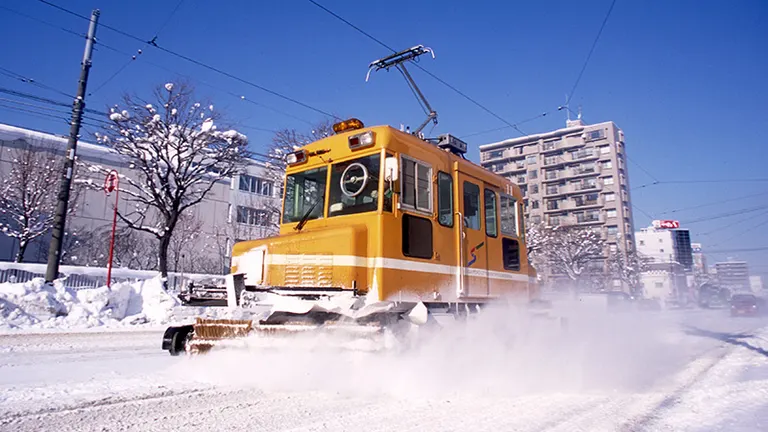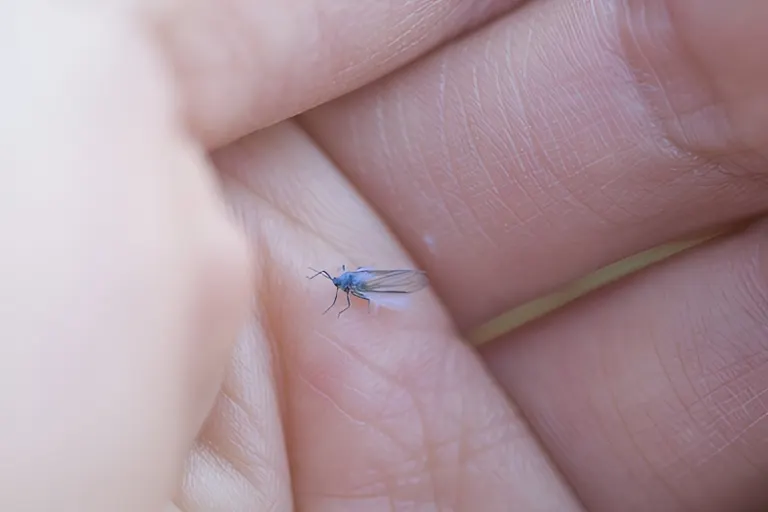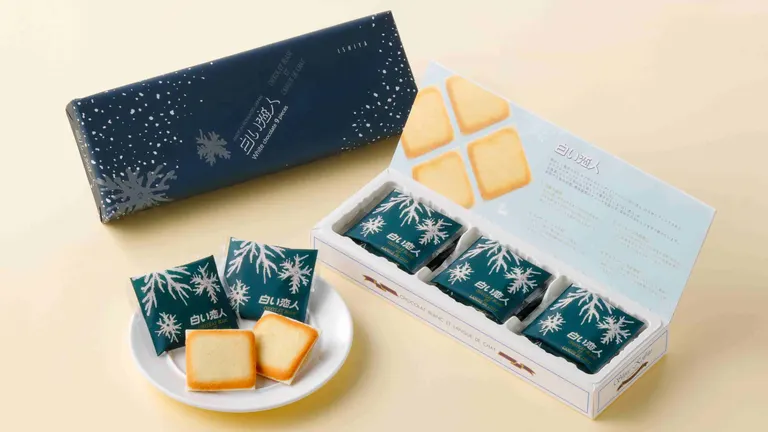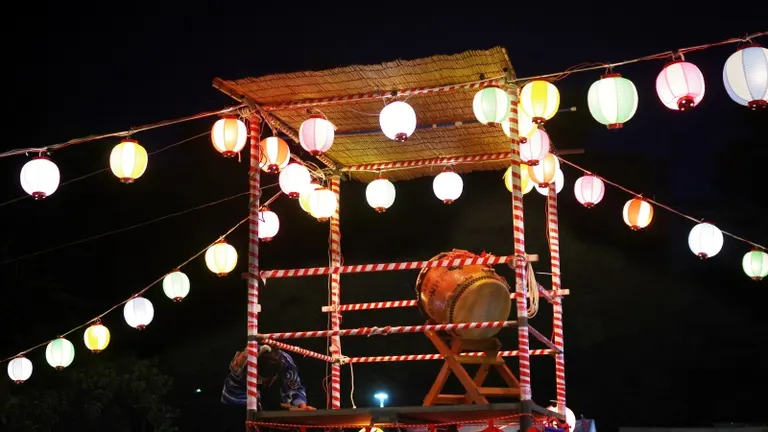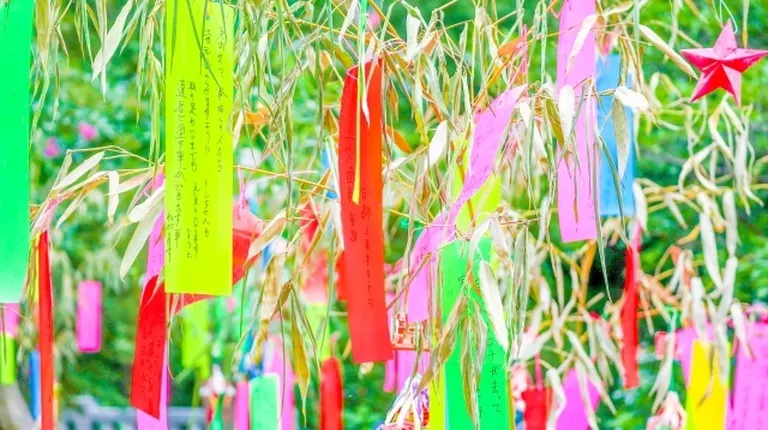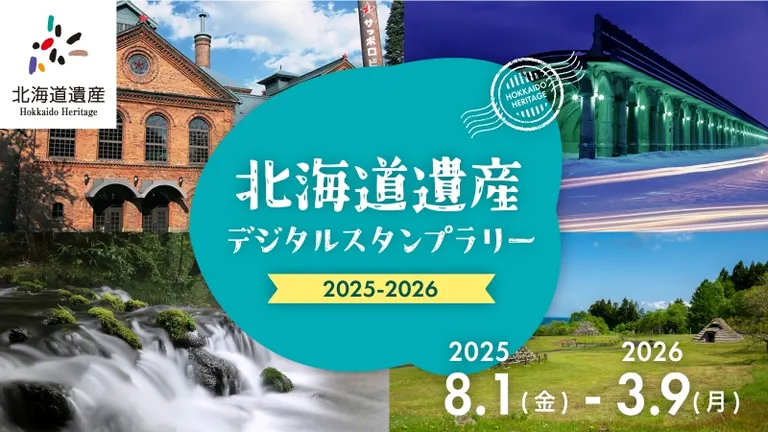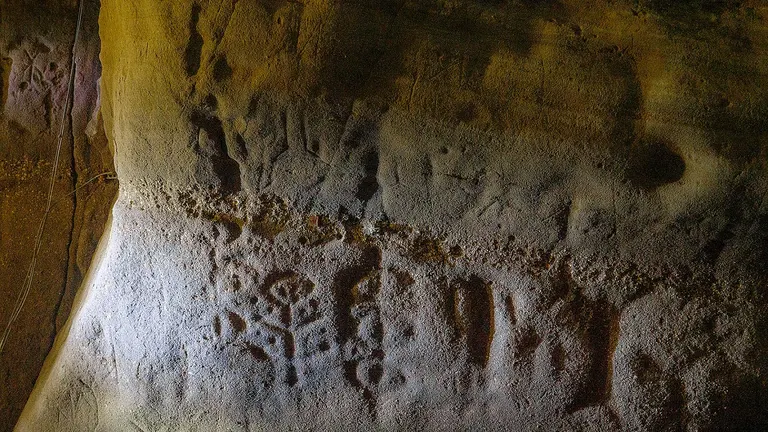
ARTICLES
The Jomon boom has brought renewed attention to the "Fugoppe Cave" that vividly depicts the post-Jomon period
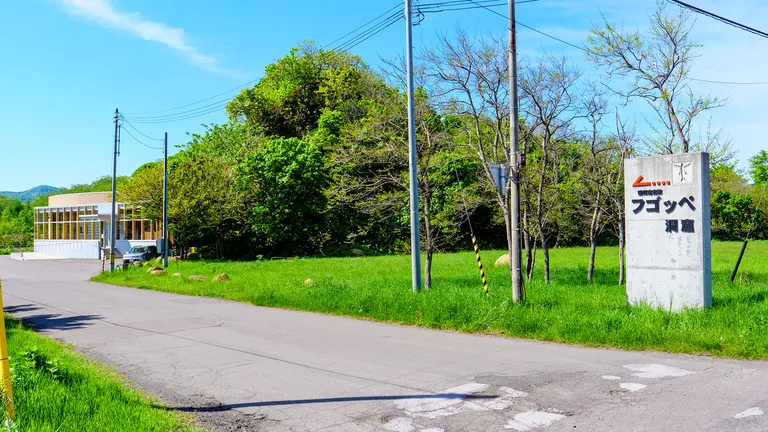 The Fugoppe Cave, which gives us a glimpse into the life of the post-Jomon culture, was discovered in 1950. Fragments of pottery were found there, and they were collected by a junior high school student from Sapporo who was visiting the area for a swim in the sea.
After that, in 1951 and 1953, a full-scale academic survey was carried out by an assistant professor from Hokkaido University, and a cave ruin with carvings, one of the largest in Japan, was discovered. The interior of Fugoppe Cave was designated as a national historic site in 1953, and anyone can now view it by paying an admission fee.
The Fugoppe Cave, which gives us a glimpse into the life of the post-Jomon culture, was discovered in 1950. Fragments of pottery were found there, and they were collected by a junior high school student from Sapporo who was visiting the area for a swim in the sea.
After that, in 1951 and 1953, a full-scale academic survey was carried out by an assistant professor from Hokkaido University, and a cave ruin with carvings, one of the largest in Japan, was discovered. The interior of Fugoppe Cave was designated as a national historic site in 1953, and anyone can now view it by paying an admission fee.
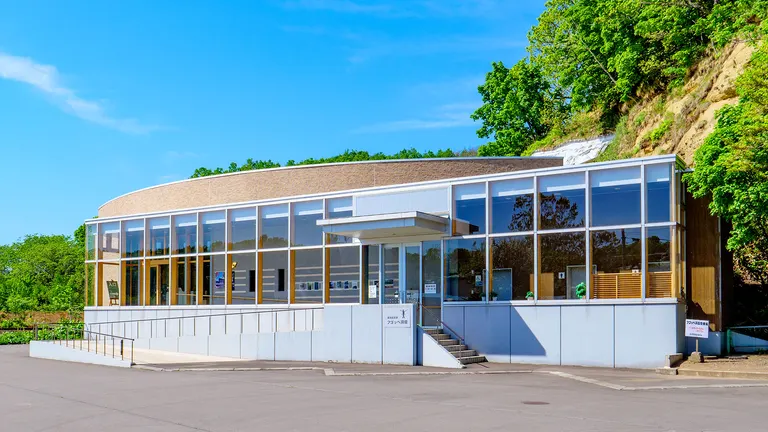 In order to preserve these precious ruins, they are open to the public under strict management. Because the rock walls are sensitive to strong light, the lighting inside is kept quite dim. Therefore, before entering the cave, we recommend that you first check out the full-scale replica of the rock carvings at the entrance and study the location of the carvings.
In order to preserve these precious ruins, they are open to the public under strict management. Because the rock walls are sensitive to strong light, the lighting inside is kept quite dim. Therefore, before entering the cave, we recommend that you first check out the full-scale replica of the rock carvings at the entrance and study the location of the carvings.
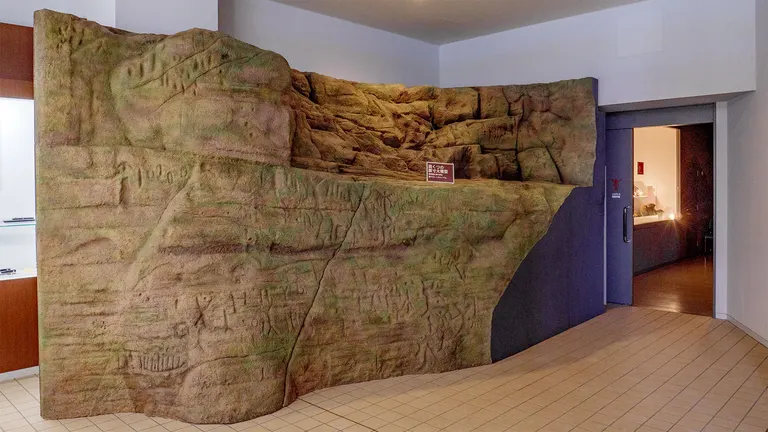 As your eyes gradually get used to it, you can see various carvings through the glass. The carving of people on a boat mentioned above is similar to the one found in North Asia.
As your eyes gradually get used to it, you can see various carvings through the glass. The carving of people on a boat mentioned above is similar to the one found in North Asia.
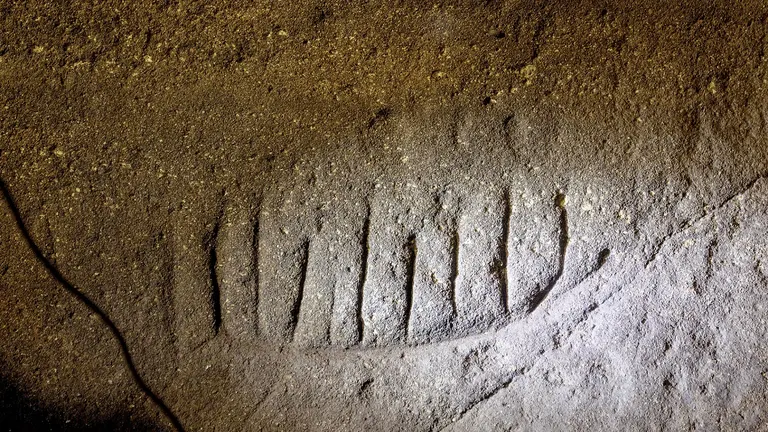 It is known that the Post-Jomon culture lasted longer than the Yayoi period on Honshu. A large number of late Hokkaido-style thin-weave Jomon pottery vessels used between the 1st and 5th centuries have been excavated from the Fugoppe Cave, proving once again that Hokkaido developed its own unique culture.
It is known that the Post-Jomon culture lasted longer than the Yayoi period on Honshu. A large number of late Hokkaido-style thin-weave Jomon pottery vessels used between the 1st and 5th centuries have been excavated from the Fugoppe Cave, proving once again that Hokkaido developed its own unique culture.
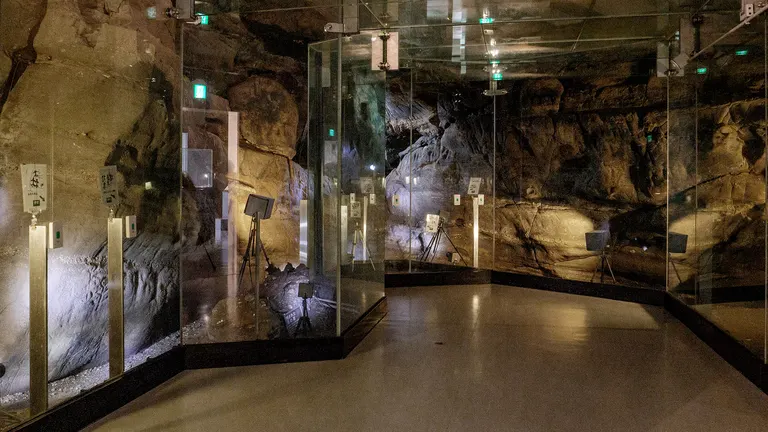 It is also said that Fugoppe Cave was not a residence, but a place where religious ceremonies were held. The mysterious Fugoppe Cave conveys the image of ancient Hokkaido to the present day.
There are several other interesting carvings to see, so be sure to take the time to reflect on the passage of time.
▼For more information, please see the Domingo spot page.
Fugoppe Cave
*The facility is currently temporarily closed to prevent the spread of COVID-19. For more information, please see the Yoichi Town official website.
<Fugoppe Cave>
Location: 87 Sakaemachi, Yoichi-cho, Yoichi-gun, Hokkaido
Phone: 0135-22-6170
Closed: Every Monday (if Monday is a public holiday, the museum will be open and closed the following day)
Closed during winter: Mid-December to early April
Opening hours: 9:00-16:30
Admission fee: 300 yen for adults, 100 yen for elementary and junior high school students
Yoichi Town Official Website: https://www.town.yoichi.hokkaido.jp/machi/syoukai/fugoppe.html
<Interview cooperation>
Yoichi Town Board of Education, Social Education Division, Yoichi Fisheries Museum
Address: 21 Irifune-cho, Yoichi-cho, Yoichi-gun, Hokkaido
Phone: 0135-22-6187 (direct)
It is also said that Fugoppe Cave was not a residence, but a place where religious ceremonies were held. The mysterious Fugoppe Cave conveys the image of ancient Hokkaido to the present day.
There are several other interesting carvings to see, so be sure to take the time to reflect on the passage of time.
▼For more information, please see the Domingo spot page.
Fugoppe Cave
*The facility is currently temporarily closed to prevent the spread of COVID-19. For more information, please see the Yoichi Town official website.
<Fugoppe Cave>
Location: 87 Sakaemachi, Yoichi-cho, Yoichi-gun, Hokkaido
Phone: 0135-22-6170
Closed: Every Monday (if Monday is a public holiday, the museum will be open and closed the following day)
Closed during winter: Mid-December to early April
Opening hours: 9:00-16:30
Admission fee: 300 yen for adults, 100 yen for elementary and junior high school students
Yoichi Town Official Website: https://www.town.yoichi.hokkaido.jp/machi/syoukai/fugoppe.html
<Interview cooperation>
Yoichi Town Board of Education, Social Education Division, Yoichi Fisheries Museum
Address: 21 Irifune-cho, Yoichi-cho, Yoichi-gun, Hokkaido
Phone: 0135-22-6187 (direct)
Writer Profile
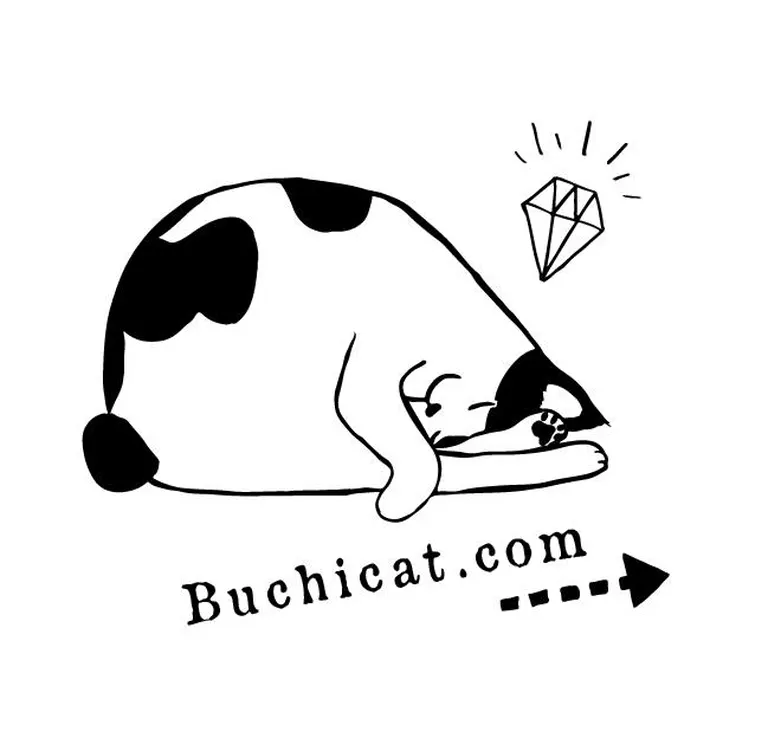 Hokkaido Tourism Camera Writer
Team Buchineko
Hokkaido Tourism Camera Writer
Team Buchineko
Team Buchi Neko has many connections to Hokkaido's tourist spots and facilities. There are many wonderful resources in Hokkaido that we take for granted when we live there. We will spread the word about the charms of this wonderful place.






